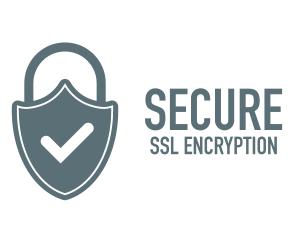Minors at Higher Risk for Synthetic Identity Theft
Did you know that a criminal doesn’t need to steal your whole identity in order to commit identity theft? It’s called “synthetic” identity theft, a crime where crooks combine information from different people’s identities, often together with fabricated information, to open fraudulent accounts. In many cases, the synthetic identity is built around a real Social Security number (SSN), which can cause real problems for that person. While synthetic fraud is less common, the bad news is that it’s harder to spot.
How Does It Work?
Over the last 5 years, fraudsters have been using synthetic identities more and more to open bank accounts and to get credit cards, driver’s licenses, and passports. The advantage for the thief is that the fraud can go undetected for months because they are receiving the financial statements, and because they tend to pick inactive SSNs where no one will be checking the credit report. This gives criminals time to build up the credit rating and credit line for the fake identity by making small purchases, or borrowing small amounts of money, and paying them back on time. Once the identity has a high enough credit limit, they will suddenly max out the credit line, take the money, and run. Synthetic identity fraud is estimated to account for nearly a third of all identity fraud in the United States.
Minors Most at Risk
Adult’s information can be stolen for synthetic identity theft, but thieves tend to target children’s Social Security numbers because they typically have no credit history and their credit reports will likely remain unchecked for up to 18 years. Unless a minor’s parents are tipped off by a bill collector, the child begins receiving credit card offers in the mail, or the child is denied a credit card or college loan, the fraud may not be discovered for years. And even though the other information in the identity is fake, it can still affect a child’s financial future.
If you have a minor child, consider blocking or freezing the child’s credit until they are older. If your child does have a credit record, check it at least annually. The other thing you can do is to protect a child’s personal information as you would your own. You fill out loads of forms on behalf of your child, from medical records to school enrollment. Always feel free to ask how the information will be used, how it will be kept safe, and whether you can opt-out on supplying sensitive information such as the Social Security number.
About IDX
We're your proven partner in digital privacy protection with our evolving suite of privacy and identity products.




